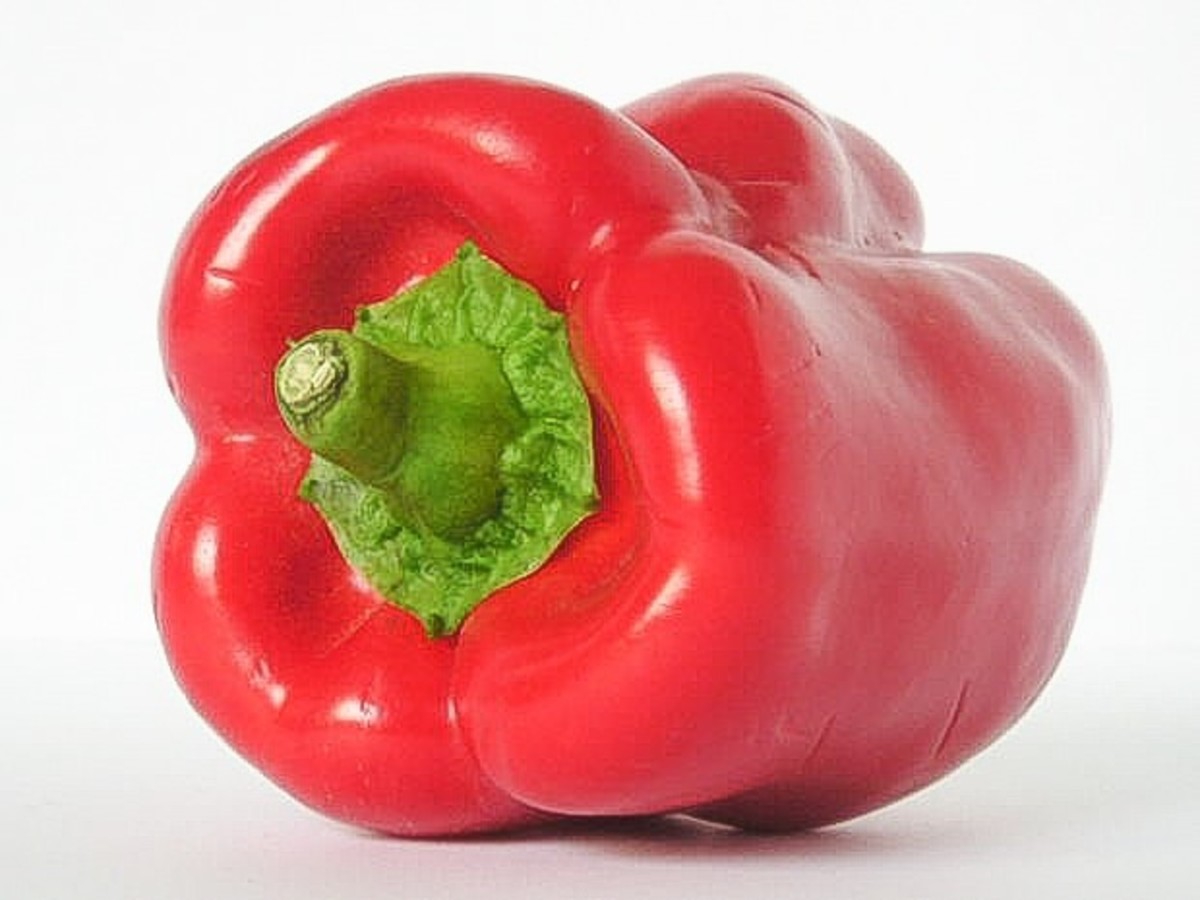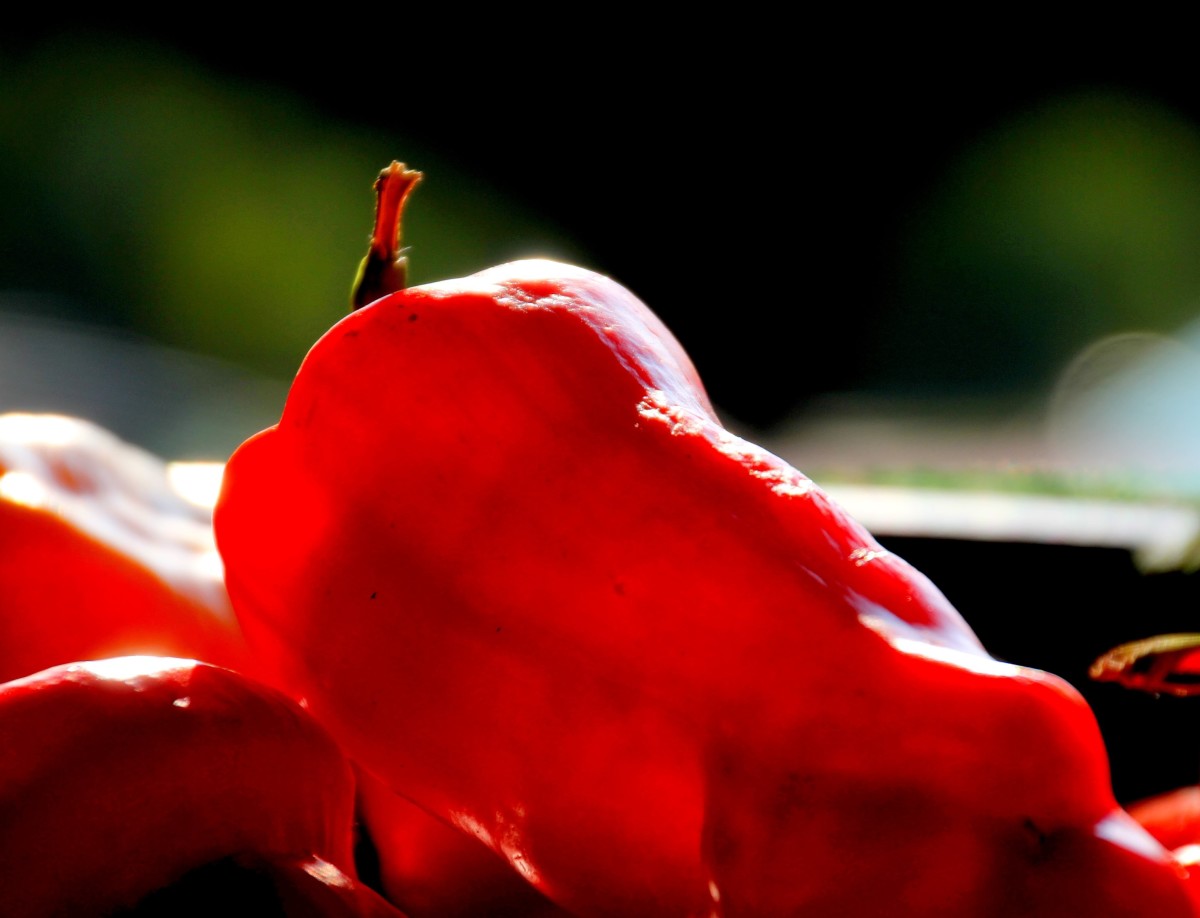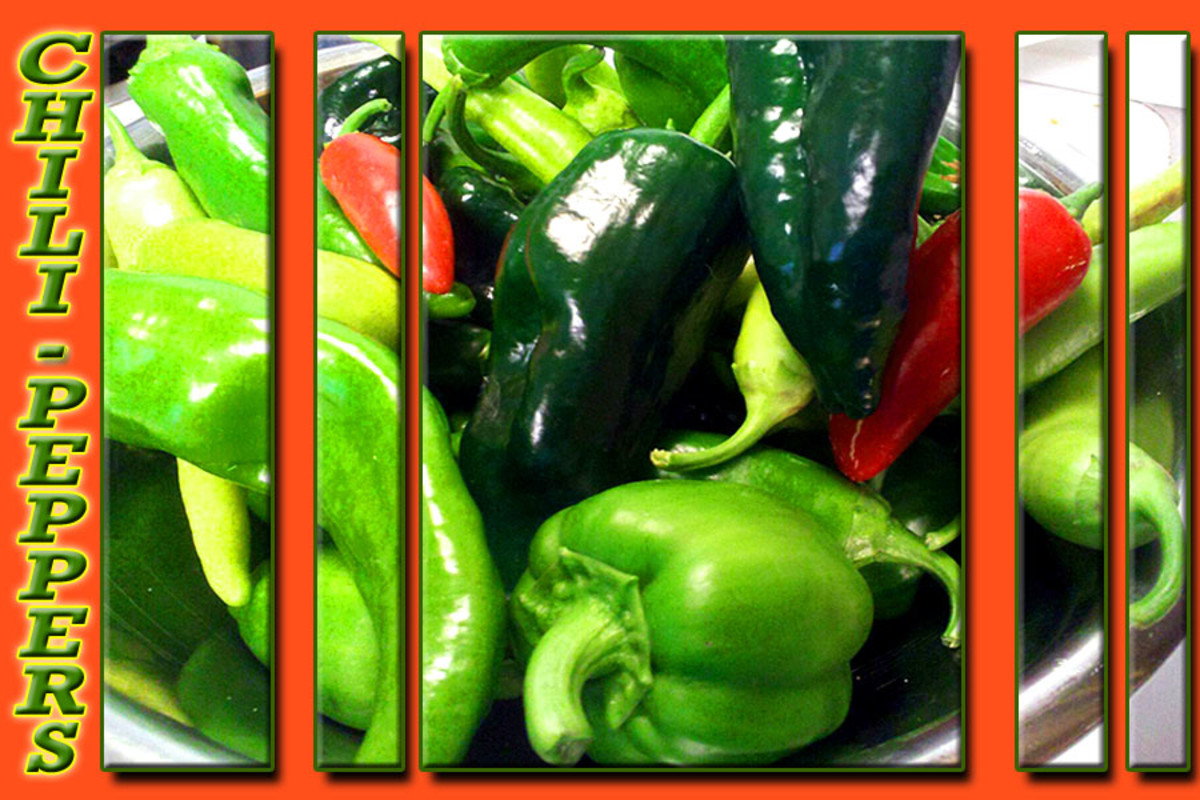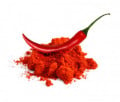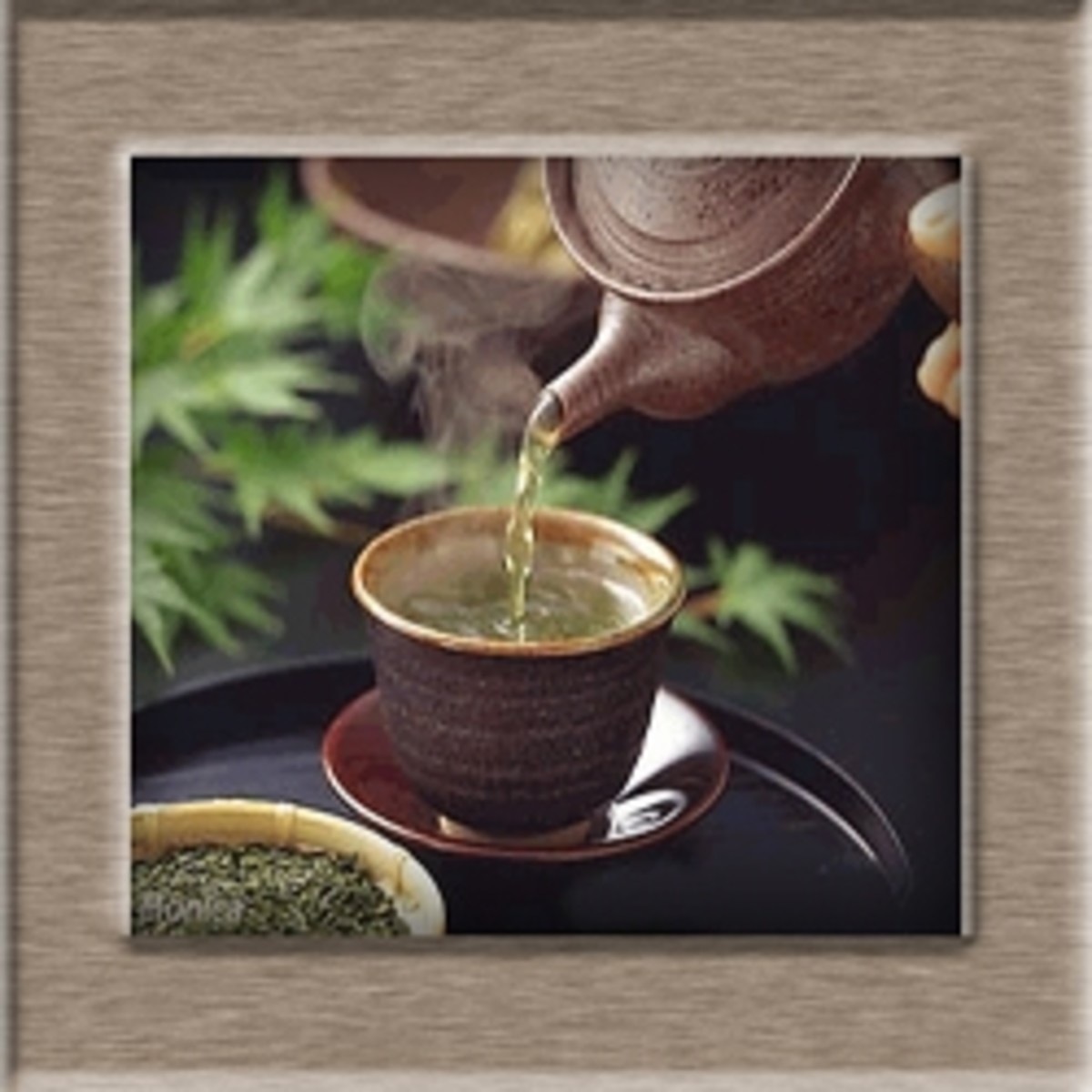Spicy News in the World of Hot Chili Peppers
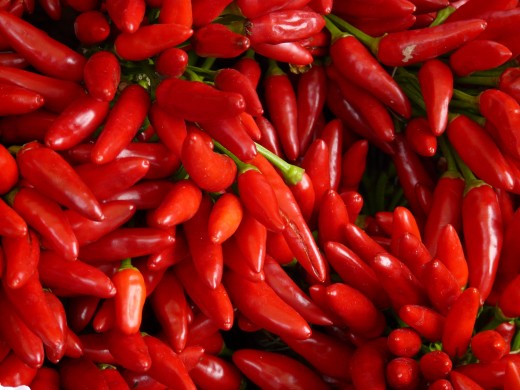
Peppers contain a chemical compound called capsaicin which is what makes them spicy hot. Back in 1912 Wilbur Scoville developed a system known as the Scoville scale which rates how spicy hot peppers are. The scale is measured in terms of Scoville heat units, or SHUs. The higher the SHU number the hotter the pepper. A regular sweet Bell pepper has an SHU of 0, and pure capsaicin has an SHU of 16 million.
The SHU is determined by taking an extract of the pepper and then checking to see how much sugar water you have to add to it until the extract is no longer detected. Therefore, the more sugar water you have to add the hotter the pepper is and the higher the SHU.
For the sake of reference, you may have tried a Jalapeno pepper which typically has an SHU in the range of 2,500 - 5,000. The SHU can vary significantly from chili pepper to super hot chili pepper. For example, Peperoncini normally has an SHU between 100 - 900, whereas, Habanero has an SHU between 100,000 - 350,000.
If you think the Habanero is super hot, then the Infinity Chili pepper will blow your mind, and tongue, with an SHU between 350,000 - 580,000.
If that isn't enough to get you fired-up, then have a look at the statistics on some of the World's HOTTEST peppers, along with when they held that title;
Pepper Name
| Scoville Heat Units (SHU)
| Time of World Title
|
|---|---|---|
Red Savina Habanero (aka. Domenican Devils Tongue)
| 700,000
| 1994 - 2006
|
Bhut Jolokia Chili (aka. Naga Jolokia, Ghost Chili)
| 1,000,000
| 2007 - 2010
|
Naga Viper Pepper
| 1,360,000
| Dec. 2010 - Feb. 2011
|
Trinidad Scorpion Butch T
| 1,500,000
| March 2011 - Jan 2012
|
2012 World's Hottest Peppers
Perhaps you may not have heard of those, but may recognize or have seen some of these more commonly found peppers at the grocery store;
Common Hot Chili Peppers
Pepper Name
| Scoville Heat Units (SHU)
|
|---|---|
Caribbean Red Pepper
| 475,000
|
Habanero
| 300,000
|
White Hot Habanero
| 410,000
|
Scotch Bonnet
| 325,000
|
Thai Chile
| 150,000
|
Cayenne Pepper
| 60,000
|
Tabasco Pepper
| 30,000
|
More Common Peppers
Chili Science
After eating a scorching hot chili pepper one begins to experience a burning sensation initially in the mouth and lips. This does not cause any lasting damage since the capsaicin only convinces your body that it's experiencing pain. Apparently one of the surprising side effects is that this reduces any pain elsewhere in the body. The reason why is that your body releases endorphins to counteract the effects of the capsaicin. When the burning sensation wears off your body continues to experience the benefit of the endorphins, hence pain reduction elsewhere.
Apparently, capsaicin has already become part medicine in the form of rub on the skin creams to treat arthritis and certain forms of pain. Some research has shown that spicy foods can lower blood pressure and reduce blood cholesterol.
COOL Useful Tip
Be careful when handling hot peppers, never touch your eyes. Washing your hands in water will not accomplish very much since capsaicin is not soluble in water. However, chlorine or ammonia will turn it into salt which is soluble in water. Therefore, add 1 part bleach to 5 parts water and dip your hands in quickly to remove most of the capsaicin.
To offset the heat of one of these fiery peppers try using dairy products, like sour cream, or yogurt with fat in it.
Witness the heat
There are some chili fanatics who indulge in contests as a sign of bravery. There are also some individuals who simply have a desire to try these fiery chili peppers. If you ever decide to feel the heat then I recommend watching these brave souls first.

